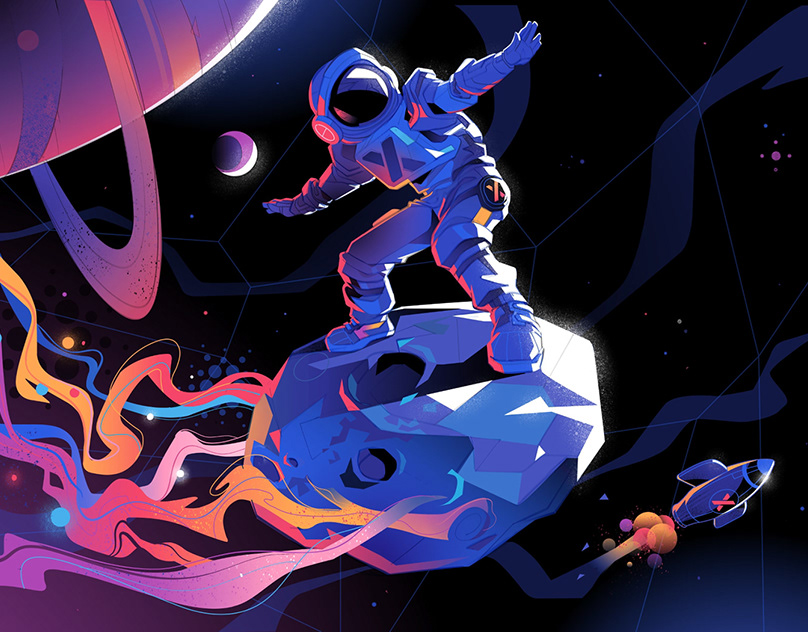

This project was formed as part of my Masters studies. Our brief was to create a design, where the medium is a core factor for communicating the message.
The UK is one of the wealthiest countries in the world, However, with the 'cost of living' crisis, people are going without the essentials we all need to get by. This has led to double the number of children facing food insecurity in the last year (2022). Therefore, the aim of my project was to create a campaign that encourages the public to sign petitions to increase Universal Credit. Until we see these changes, we ask for donations of left over groceries, toiletries etc to keep children stable.
The focus of this campaign was the impossible decision families have to make, between feeding their children, fuelling their car etc. The physical side of the campaign targets parents, who can empathise with struggling families, and may have the resources to donate.


When I began this project, finding the correct medium was my biggest challenge. Similar messages have been tackled by several non - profit organisations, but I felt that there was a lack of emotional impact on the viewer. I wanted to ensure my campaign was hard to ignore. After experimenting with decorative donation points and food tags, I continued to hit this brick wall.
I wanted the campaign to have several touch points around supermarkets, in order to build curiosity in the viewer. With the growth of digital screens and self checkouts being used in food stores, I started to explore a digital approach. Motion and sound could be a tactical way to convey the frustrations and anger of those struggling, but also gain attention from passers by.


Previously in my studies, I had research the effect of using handwritten fonts. They have the ability to humanise design, increase empathy and donation intentions. Therefore, creating my own font, by analysing other's handwriting, allowed me to create relatable and legible texts that could strengthen my storytelling. The physical action of writing could also become messier or faster when tensions and frustrations increased.




I planned for the advert to take the perspective of a struggling parent. I aimed to create a build up of frustration and anxiety as they money planned, which would lead to a climax of emotions, and a phase of trying to calm down. After the first draft, I could make amendments, such as increasing the letter tracking and size, adjusting speeds and improving other illustrative animations.







When animating the text and pop up illustrations, colour and placement played a larger factor in helping the viewer to keep track of the video. It added some visual variation, which was helped by reducing the length of time that the writing animation took. Having quick changes and unexpected illustrations were key to keeping the video engaging.
As my previous experience mainly focused on creating static designs, a large amount of time was spent experimenting and getting references for the illustrative animations. These were a concise but impactful way to show the explosion of frustration and the physiological reactions people feel when they are stressed.




The final accompaniments were devised as a way to contextualise the in-store advert further. Keeping a consistent brand image between these and the video make them instantly recognisable. They act as a final reminder of how people can help and donate, giving the campaign achievable goals.
This project helped me to develop new motion design skills that I can bring into my future branding work. My ideas had a new way to come to life, and it was exciting to see how I could push my learning in such a short time. I'm looking forward to taking this through to my major study, and discovering how this campaign can be pushed on several different platforms.









